Albert Kahn
The Man Who Tried to Photograph the World
At the dawn of the 20th century, the world was changing fast. New inventions were reshaping daily life, and among them was something that captured Albert Kahn’s imagination: color photography.
In 1907, the Lumière brothers in France had introduced the Autochrome plate, the first commercially successful process for capturing images in color. Until then, most photography had been black and white, and color images were rare, expensive, and technically challenging. The Autochrome process, using dyed grains of potato starch to filter light, made it possible (for those who could afford it) to see the world in something close to the way the human eye did.
Kahn wasn’t an inventor or an explorer. He was a banker. A serious, self-made man from Alsace, France, born in 1860, who had built his fortune through hard work and smart investments. But to Kahn, wealth wasn’t an end in itself. It was a tool for something larger. He believed that knowledge, education, and exposure to other cultures were keys to progress and understanding, and in 1909, inspired by the possibilities of the Autochrome plate and early motion picture film, Kahn launched his Archives de la Planète project.
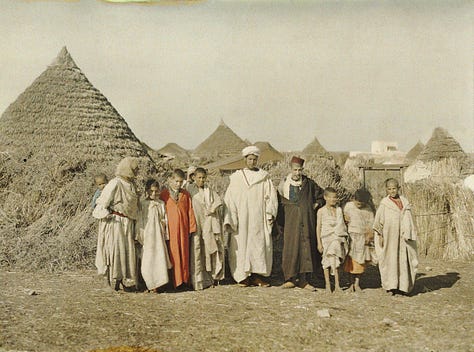
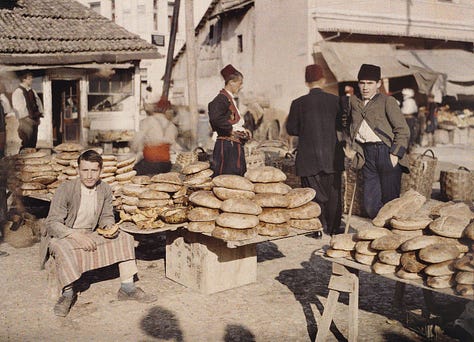
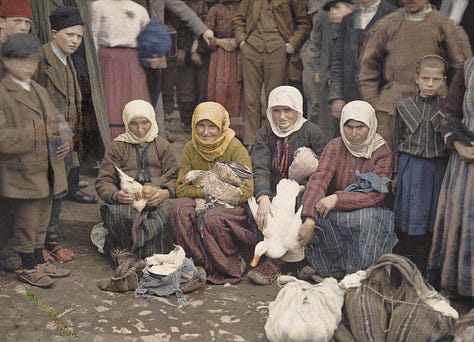
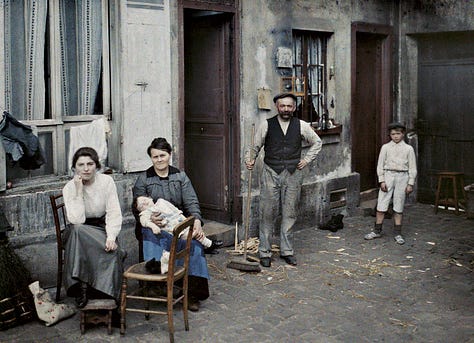
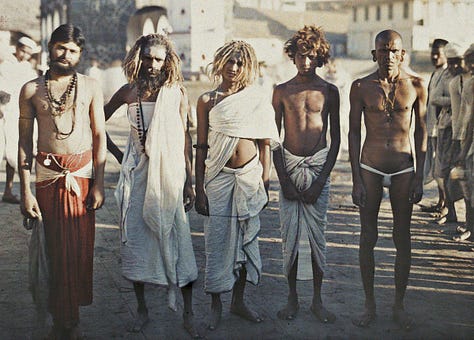
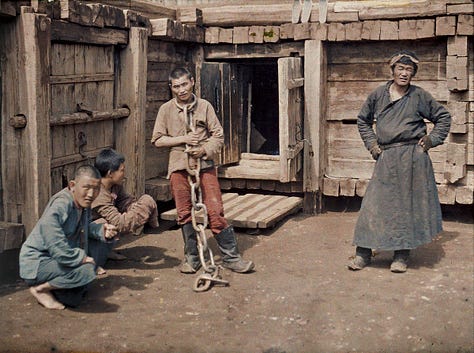
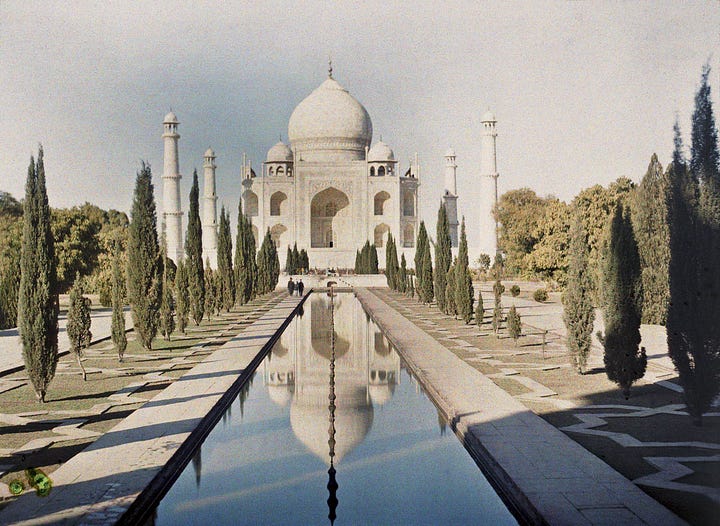
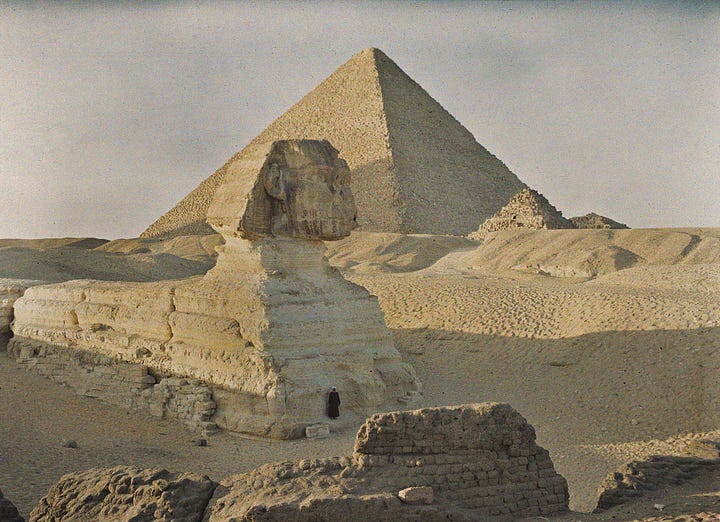
Archives de la Planète was one of the most ambitious documentary projects ever attempted. Kahn, using his banking fortune, personally funded a team of photographers and filmmakers and provided them with the best technology available to go document life around the world in color.
Over the next two decades, his photographers traveled to over 50 countries, capturing everything from royal ceremonies to farmers tending fields, from city streets to quiet village rituals. Kahn believed that every aspect of life, from the monumental to the mundane, deserved to be recorded.
In total, the archive grew to include over 72,000 color plates, thousands of stereoscopic images, and miles of film footage. Even today, the scale and scope of this project is hard to comprehend.
But Kahn didn’t stop at photography. He also established scholarship programs, allowing students from around the world to travel, study, and experience other cultures firsthand. He created a remarkable public garden in Boulogne-Billancourt, blending French, English, and Japanese styles as a living expression of his belief in global harmony.
When the stock market crash of 1929 hit, Kahn’s fortune sadly collapsed and the ambitious documentation efforts had to come to an end. But by then, his team had created an archive that remains unparalleled as a treasure trove of early color photography and a priceless historical record.
Today, the Musée Albert-Kahn holds and preserves this collection. They’ve painstakingly digitized, restored, and made accessible to the public this incredible body of work and while Kahn’s name isn’t as widely known as some other historical figures, his legacy quietly endures in the images he made possible.
You can see most of these incredible images online and if you’re ever in Paris, you would be remiss not to visit the Albert Kahn museum in person.



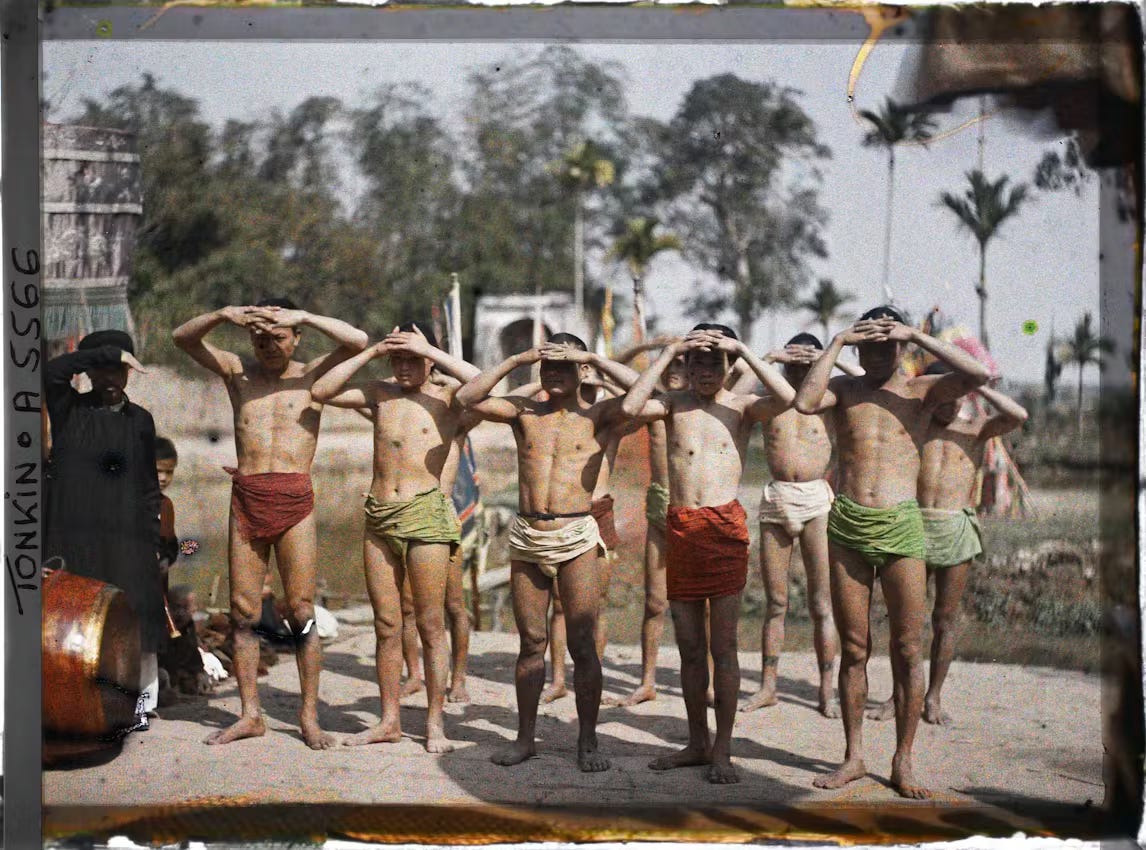
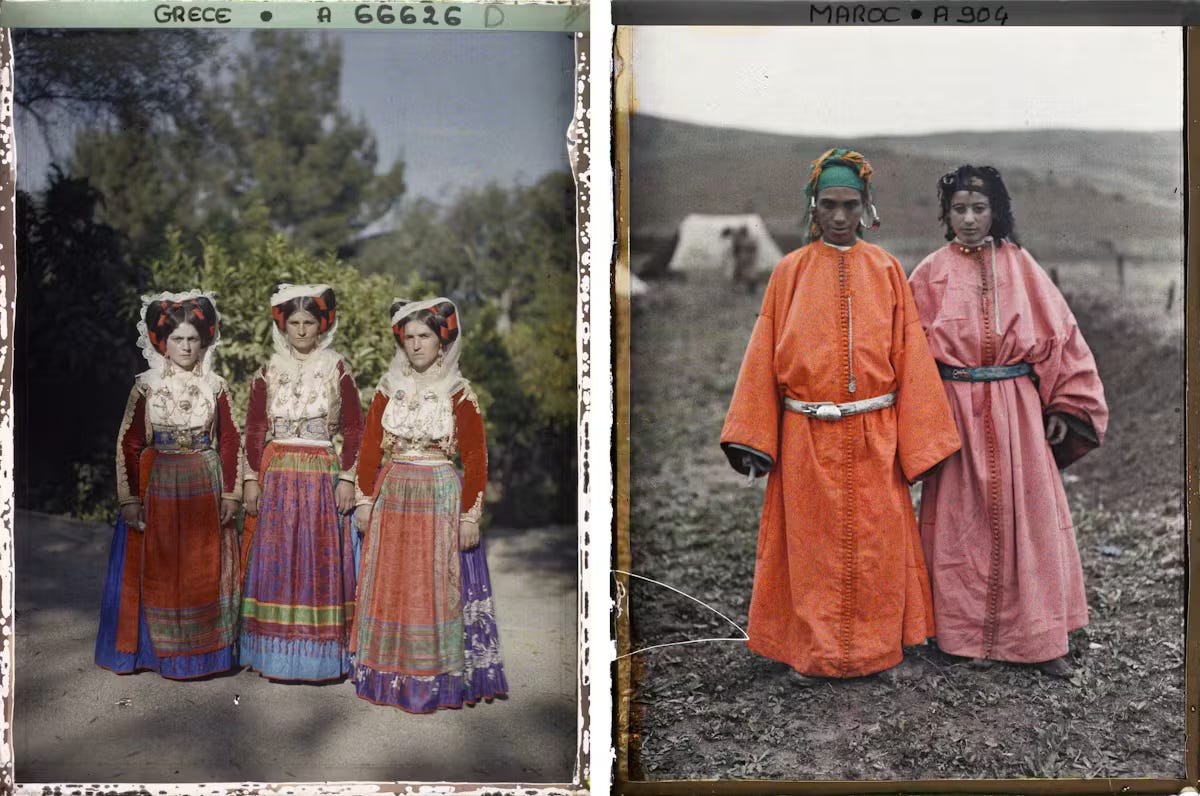

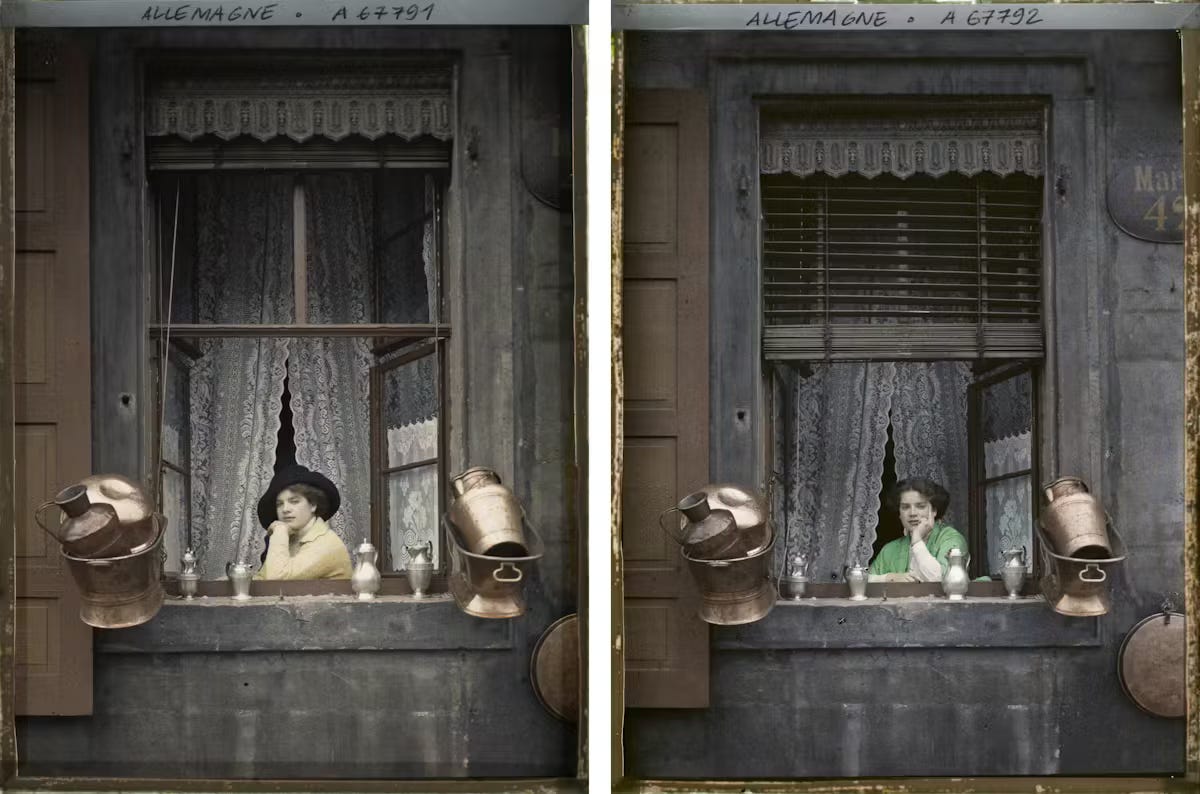
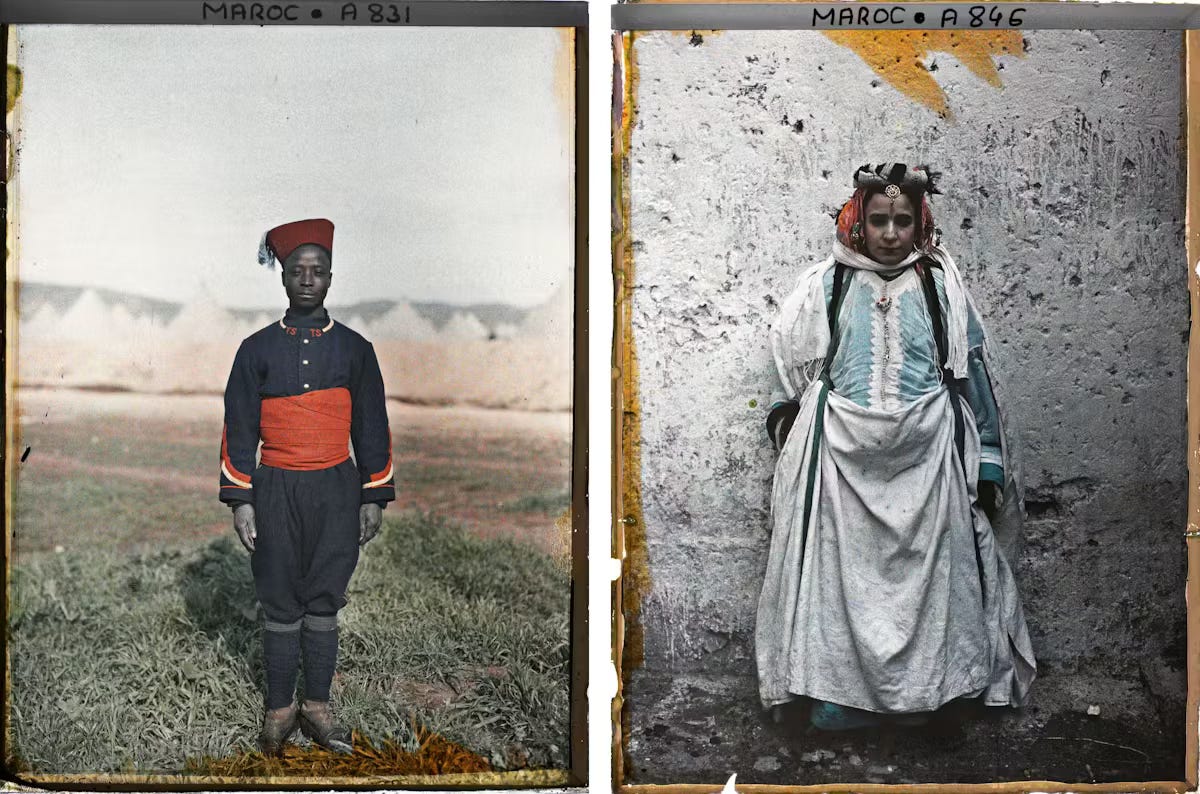

I hadn’t heard of this before now. Thanks for sharing. Definitely one to add to the Parisian activities list for the next visit.
Didn't know about this at all - thanks for highlighting his story. Will def have a look online at the archive. Amazing.